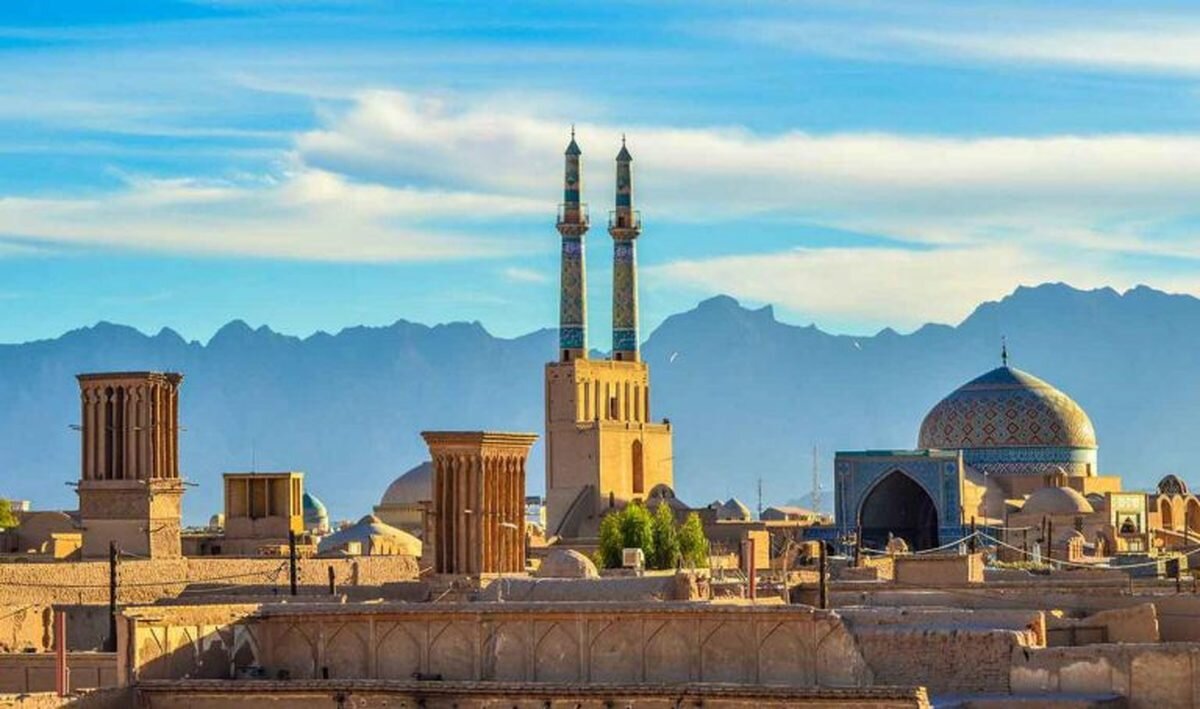Yazd ready to host travelers on Eid al-Fitr

TEHRAN –The central province of Yazd is ready to host travelers and visitors on Eid al-Fitr, a joyful holiday when Muslims celebrate 29 or 30 days of dawn-to-sunset fasting, the provincial tourism chief has said.
Tourists are expected to visit Yazd province over the Eid al-Fitr holidays, so the province’s tourism capacities are ready for them, Ahmad Akhundi explained on Wednesday.
Accommodation centers and hotels in the province are also prepared to host tourists during these days, the official added.
This year’s Ramadan began on March 23, which falls in the spring season in Iran and it is estimated to end on April 22. Because of the nature of the lunar calendar system, the dates of Ramadan vary each year and there is always a sort of disagreement among scholars as to when Ramadan precisely starts or comes to an end.
By tradition, the new moon crescent, which is sighted by the naked eye, marks the beginning of a new lunar month, but these days Muslims prefer to lean towards astronomical calculations to avoid such confusion.
In July 2017, the historical structure of the city of Yazd was named a UNESCO World Heritage. Wedged between the northern Dasht-e Kavir and the southern Dasht-e Lut on a flat plain, the oasis city enjoys a very harmonious public-religious architecture that dates from different eras.
Yazd is usually referred to as a delightful place to stay, or a “don't miss” destination by almost all of its visitors. It teems with mud-brick houses that are equipped with innovative badgirs (wind catchers), atmospheric alleyways, and many Islamic and Iranian monuments that shape its eye-catching city landscape.
It is a living testimony to the intelligent use of limited available resources in the desert for survival. Water is brought to the city by the qanat system. Each district of the city is built on a qanat and has a communal center.
Buildings are built of earth. The use of earth in buildings includes walls and roofs through the construction of vaults and domes. Houses are built with courtyards below ground level, serving underground areas. Wind catchers, courtyards, and thick earthen walls create a pleasant microclimate.
Partially covered alleyways, together with streets, public squares, and courtyards, contribute to a pleasant urban quality. The city escaped the modernization trends that destroyed many traditional earthen cities.
It survives today with its traditional districts, the qanat system, traditional houses, bazaars, hammams, water cisterns, mosques, synagogues, Zoroastrian temples, and the historic garden of Dolat-Abad. The city enjoys the peaceful coexistence of three religions: Islam, Judaism, and Zoroastrianism.
ABU/AM
Leave a Comment